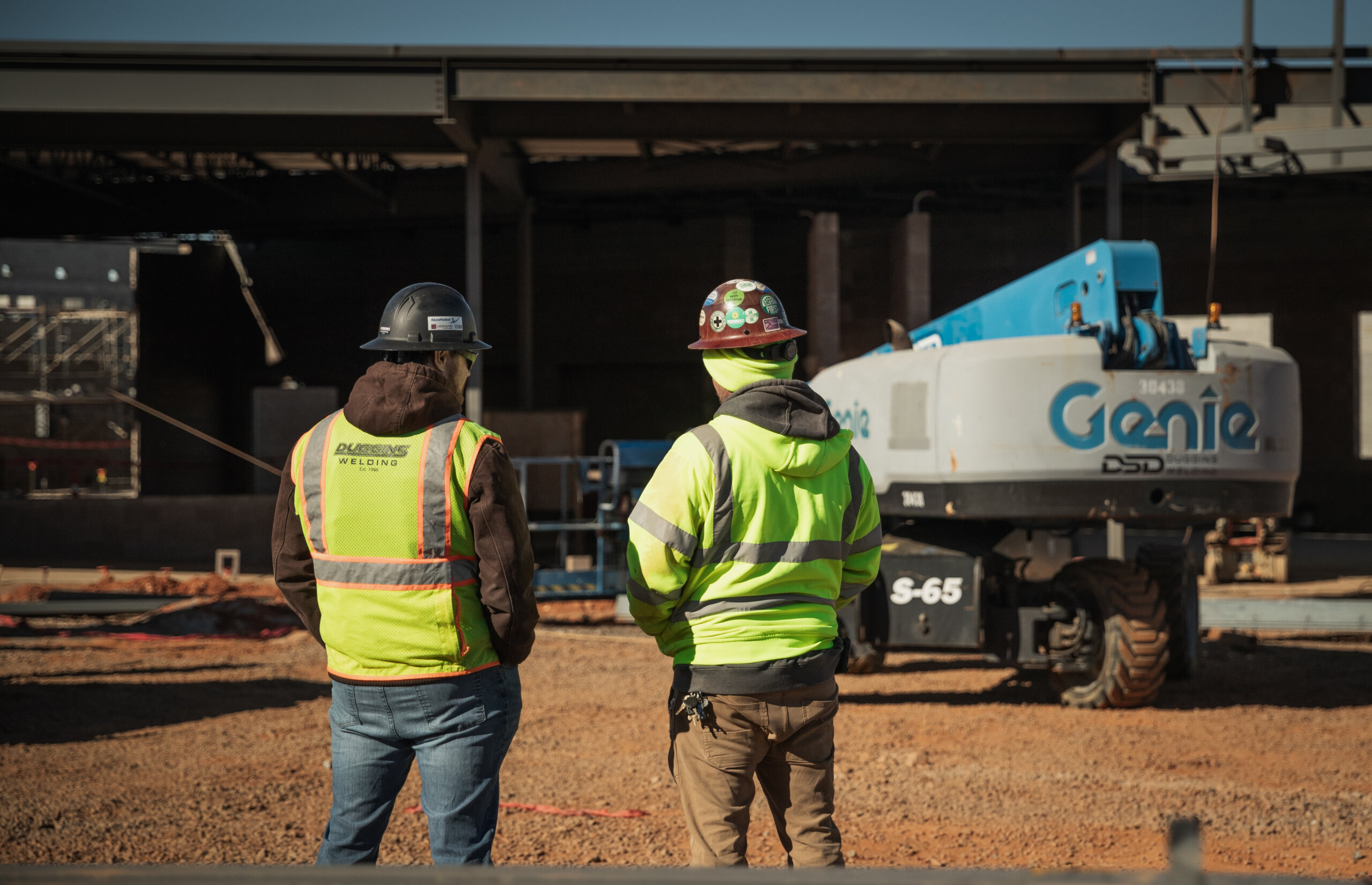When you think about OSHA compliance, your first thought might be avoiding fines or audits. But compliance is about so much more than staying out of trouble. For owners and executives, OSHA compliance is a powerful business tool that can help you win bids, retain talent, and protect your bottom line.
Construction is a competitive industry, and clients want to work with contractors they can trust to deliver safe, efficient projects. In this blog, we’ll show how OSHA compliance isn’t just a legal requirement—it’s a competitive advantage that helps you stand out and succeed.
Why Safety and Compliance Matter to Your Clients
Clients care about more than timelines and budgets. They want assurance that their projects will be completed without incidents, delays, or reputational risks.
Here’s how strong OSHA compliance helps you build that trust:
- Fewer Incidents, Better Reputation: A clean safety record signals professionalism and reliability.
- Efficient Operations: Safe worksites mean fewer disruptions and faster progress.
- Peace of Mind: Clients can focus on their goals, knowing you’re prioritizing safety.
Four Key Business Benefits of OSHA Compliance
1. Win More Bids
Clients are increasingly making safety a key criterion when choosing contractors. A strong compliance record demonstrates your commitment to quality and reduces the risks associated with your work.
Pro Tip: Highlight your safety metrics, like incident-free projects, in proposals to differentiate yourself from competitors.
2. Reduce Costs Over Time
While compliance programs require upfront investment, they deliver measurable savings:
- Fewer incidents lower costs related to medical expenses and downtime.
- Strong safety records can lead to reduced insurance premiums.
- Proactive compliance helps you avoid costly OSHA fines.
The bottom line: Compliance protects your profits.
3. Retain Top Talent
Skilled workers want to feel safe on the job. Companies with a reputation for prioritizing safety attract and retain better talent, reducing turnover and training costs.
4. Strengthen Client Relationships
When you consistently deliver safe, compliant projects, you build trust and loyalty. Repeat business is more likely, and positive word-of-mouth can help you secure new clients.
Turning Compliance into a Competitive Edge
Here’s how to position OSHA compliance as part of your value proposition:
Lead with Safety in Every Proposal: Show clients how your commitment to compliance translates into better project outcomes. Include details about your safety programs, training initiatives, and past successes. Pro Tip: Digital tools like Corfix make it easy to pull safety reports and showcase your compliance record.
Invest in the Right Technology: Compliance becomes much simpler when you have the right tools. Safety software streamlines processes like hazard reporting, training management, and inspections, so your team spends less time on paperwork and more time on the job.
Build a Culture of Accountability: Compliance starts at the top. As a leader, emphasize safety in your communication and decision-making. Celebrate wins, like completing an incident-free project, to reinforce its importance across your organization.
Conclusion: Compliance Isn’t a Cost—It’s a Strategy
For construction executives, OSHA compliance isn’t just about avoiding fines—it’s a way to differentiate your business in a crowded market. By prioritizing safety, you win more clients, retain better talent, and position your company as a leader in the industry.
Ready to make OSHA compliance your competitive advantage? Schedule a demo with Corfix today and see how we help companies like yours turn safety into success.
